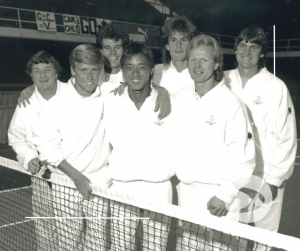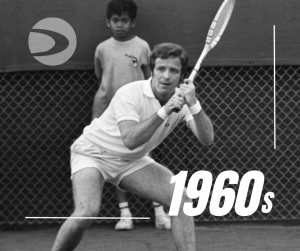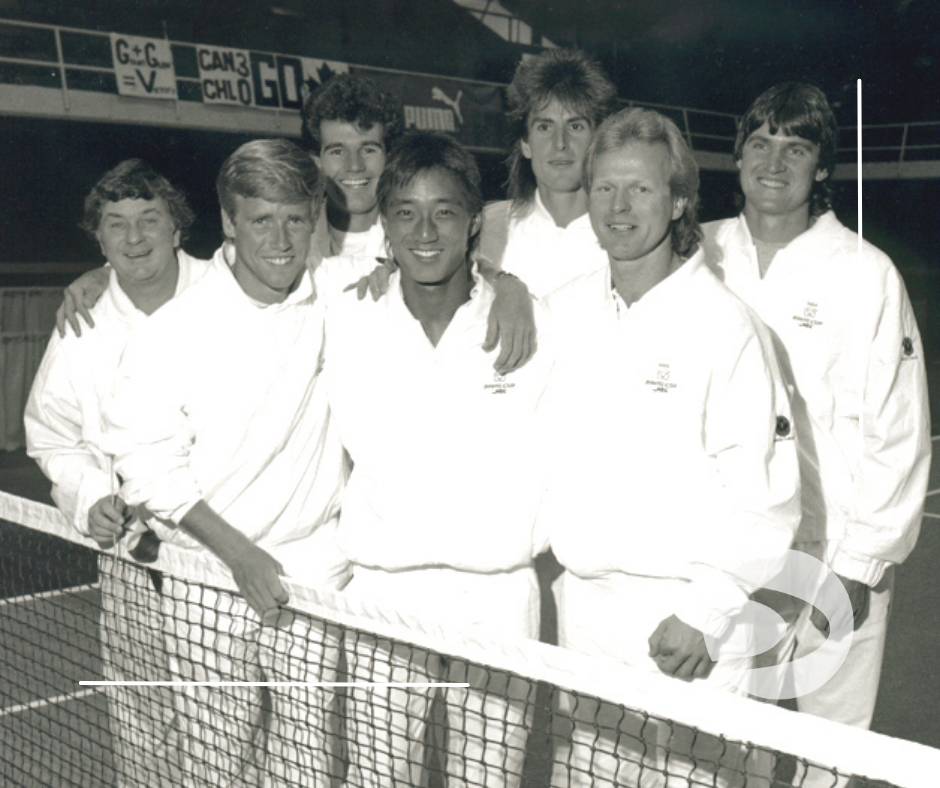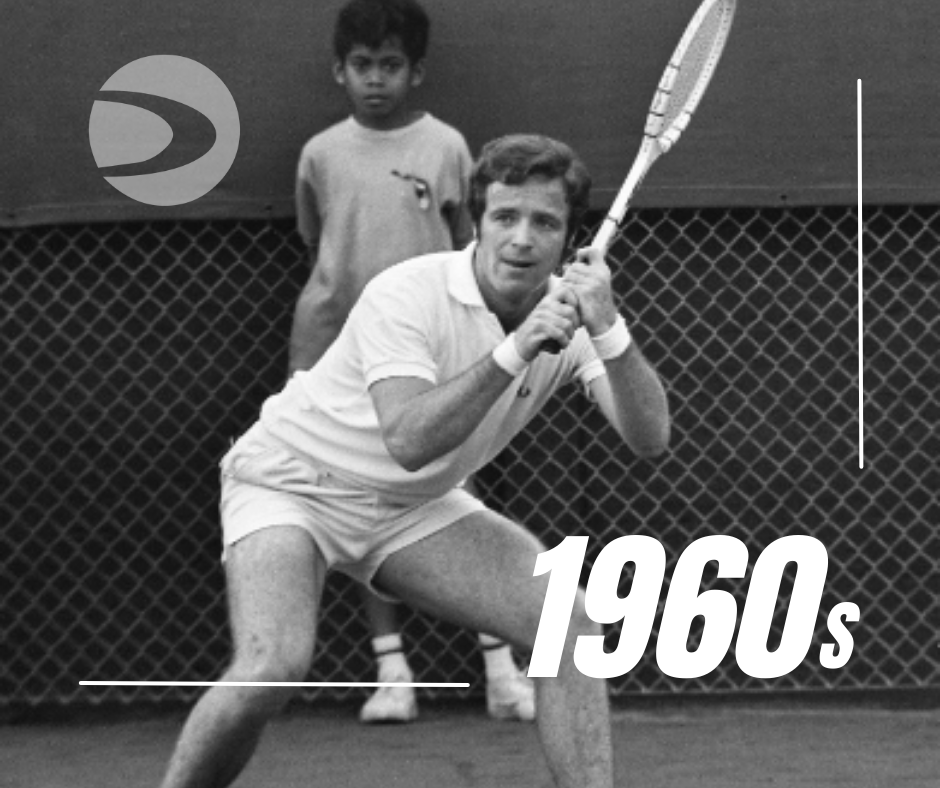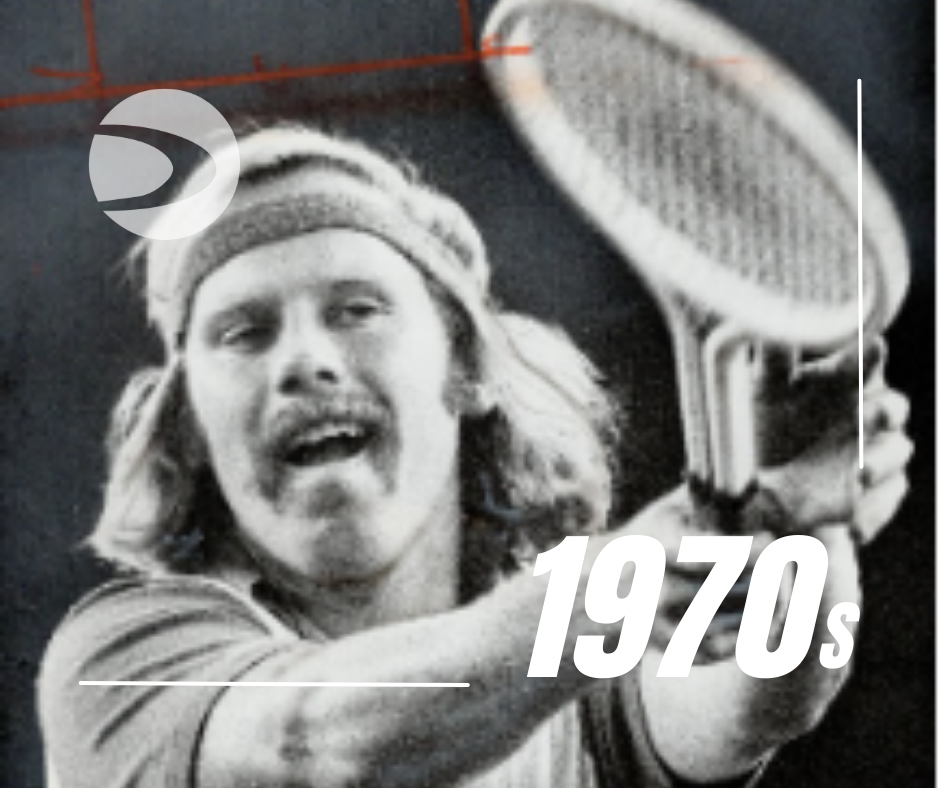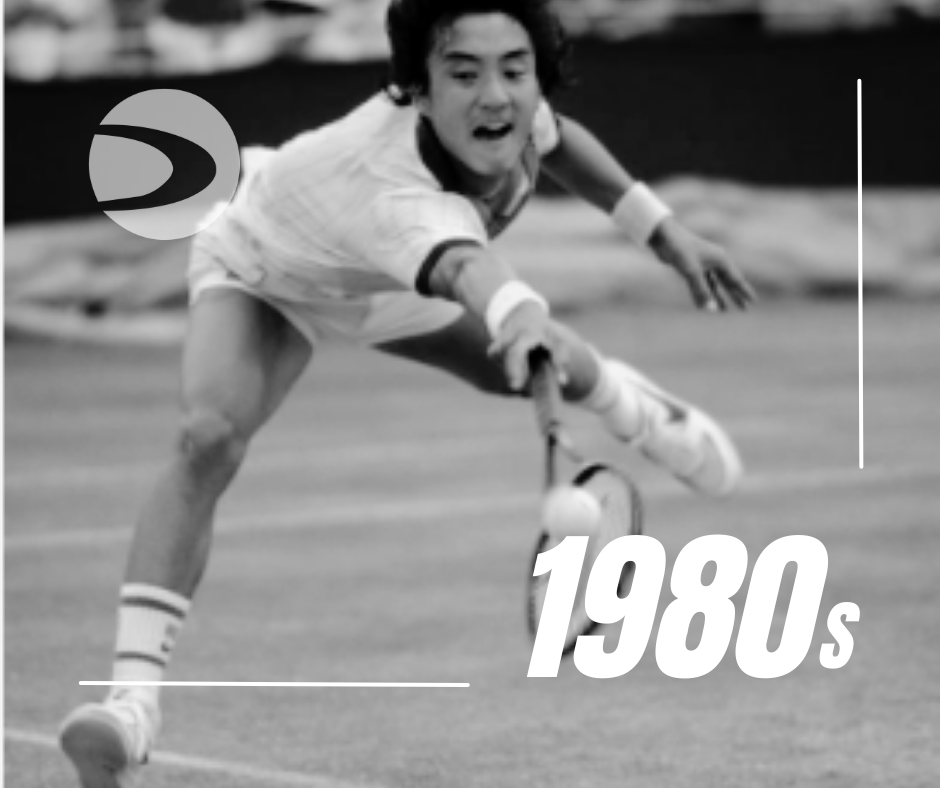BY WAYNE ELDERTON
NEW ‘TWO-PRONGED’ SERIES
We are continuing with running two series at the same time.

- The first short piece below will be exploring the role of player motivation in coaching.
- The second series will feature a link each month to an article from the series called: ‘Coaching Feedback’. What, when, and how a coach delivers feedback can make or break the effectiveness of players’ learning.
PLAYER MOTIVATION:
In this series, we explore the concept that the motivation level of your players is actually the most important foundation for their development. The majority of coaches are all about delivering skills often to the exclusion of dealing with the critical motivation issues.
The goal is to avoid the potential mismatch between a players’ motivation level and the skill level of the program they are in. Higher-level skill programs need more motivation since more commitment and work is required. A mismatch increases the potential for players to drop out.
The solution is to start to profile your players as to where they are on what is called the ‘Passion Continuum’. For our program, we have tweaked it a bit to make our own F.A.M.E. Scale (Focus, Attitude, Motivation, Effort). The levels include:
- Interested in tennis (they are fine to try it)
- Likes tennis
- Committed to tennis
- Passionate about tennis
Moving Players from ‘Likes’ to ‘Committed’ to tennis- Continued:
Moving players from ‘Like’ to ‘Committed’ requires shifting players from external motivation (they may be in the program because of their parents’ motivation or because they found it enjoyable enough to participate) to internal motivation. Their motivation will need to be higher because this level will require more work and present more challenges to overcome.
Aside from the ‘Growth Mindset’ elements useful to apply at this level, internal motivation can be dramatically increased by helping players achieve Competency, Autonomy, and Relatedness (CAR). These elements are all part of a package called the ‘Self-determination Theory of motivation’. *Click link for a short video*
See our new acecoach resource, ‘Learning about Learning’ manual for a fuller treatment of these concepts. This is a new eLearning booklet I have created tha

t contains plenty of information about moving players through the Passion Continuum as we have been discussing:
‘Learning About Learning – eLearning
COACHING FEEDBACK SERIES:
PART 7 – Explicit versus Implicit Feedback
Coaching feedback is a ‘power tool’ required by coaches. Therefore, coaches need to be masters at the art and science of feedback. This article looks at two very different types of feedback: Explicit feedback versus implicit feedback. Take a look at the article to see what these terms mean and how they can impact your coaching effectiveness: ‘Explicit vs. Implicit Feedback’
Next issue: More Passion Continuum discussion and article #8 in the new Coaching Feedback series. Stay tuned!
Try this while you coach tennis this week and keep moving along in the journey to 21st Century coaching.
Read Part 1 Helping You Coach – New ‘Two Pronged’ Series
Read Part 2 Helping You Coach – Motivation Feedback
Read Part 3 Helping You Coach – Outcome vs. Process
Read Part 4 Helping You Coach – Internal vs. External Feedback
Read Part 5 Helping You Coach – Purposeful Feedback
Read Part 6 Helping You Coach – Positive Feedback
By Wayne Elderton, visit ACE COACH


